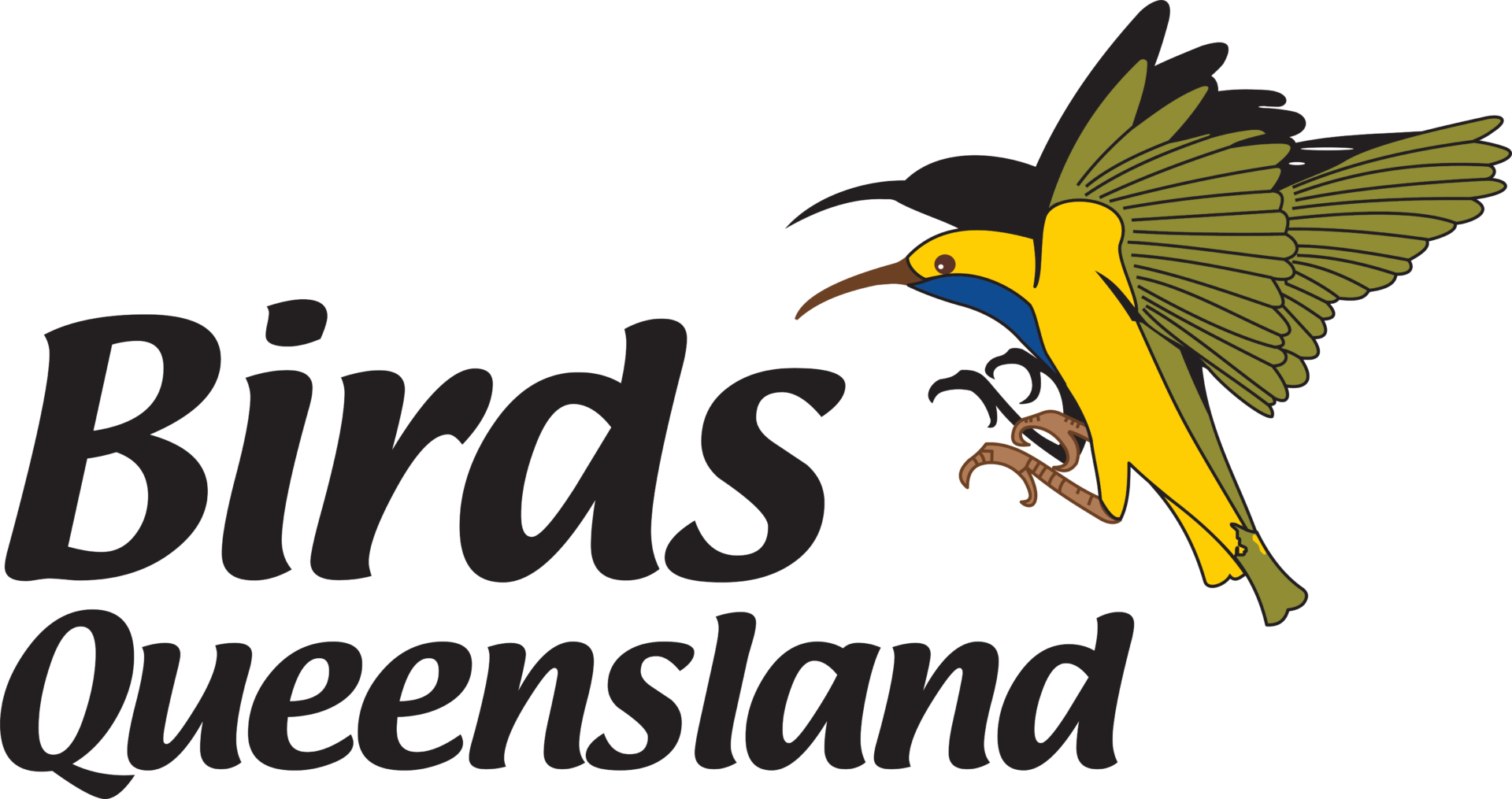In some situations, people consider certain species of birds to have become a nuisance. This can be because the normal activities of the birds conflicts in some way with human activity.
For example, many species of birds feast on grain and fruit crops. It can also be due to some species having found suitable environments, and bred into large numbers, such as Australian White Ibises reaching large populations in urban parks, gardens and rubbish dumps. In other cases, the nuisance birds can be introduced, and can be threatening native populations of birds and perhaps other wildlife.
Note that all native birds are protected under the State Wildlife Legislation (Nature Conservation Act 1992).
Birds in Backyards provides useful information about problem birds, and ways of managing them. The Brisbane City Council also provides useful information about living with wildlife and managing nuisance birds.
Introduced birds
Some birds, such as Cattle Egrets, have arrived in Australia themselves. The introduction of grazing animals has provided a suitable niche, and they have established themselves here. They do not appear to cause problems, or threaten the livelihoods of other species.
Other species have been introduced by people, either deliberately or accidentally, and pose threats to some Australian species. These include Common Mynas (sometimes called Indian Mynas), Rock Pigeons, Starlings, Blackbirds and House Sparrows.
Common Mynas
Common Mynas were introduced from India to eat insect pests in crops. This was a total failure in the same way as the introduction of Cane Toads was a disaster.
Common Mynas are communal nesters. The whole flock assists in driving away competitors and feeding young. Because of this they are very successful and numbers can increase quickly. Mynas nest in tree hollows. They will eat anything, seed, insects, pet foods, human food scraps. Most native species have more specific diets than Mynas.
Common Mynas are quite aggressive. They attack native birds, killing them, depriving them of nesting hollows, killing nestlings and fledglings and competing for food resources.
Common Myna numbers are growing. They are expanding their range in many places, especially in S.E. Qld. If they continue to do so we will see far fewer native birds around our homes, towns and cities.
Common Mynas should be discouraged by depriving them of food sources, chasing them from yards and disturbing them when they try to nest. A hose works wonders. Some city and town councils are investigating ways to reduce their numbers. Please encourage your elected council officers to think this way.
Noisy Miners
Noisy Miners, sometimes called Mickey Birds, should not be confused with Common Mynas. Noisy Miners are native honeyeaters. They are related to Bell Miners, often called Bellbirds. They are gregarious, and flock together. They are intolerant of other birds in their territory. They are quite aggressive, and if one is involved in a fight, they will all join in. They drive away small bush birds, particularly if there is not suitable cover for them.
Noisy Miners breed all the year around if food is available and the whole tribe helps raise the young and bring food for them. They can increase in numbers very quickly.
They are Honeyeaters and one of their main foods is nectar from flowers, though they eat a variety of other foods. In suburban gardens which have flowering plants all year round, they can settle in one place, breed, and build up their numbers.
Providing artificial nectar feeders for birds will invariably increase Miner numbers.
Rock Doves
Rock Doves, or feral pigeons, are descended from homing and fancy pigeons kept for sport and as pets. They are very adaptable, and built environments provide suitable nest sites for them.
Their plumage is quite variable, reflecting their ancestry as exhibition birds. They should not be confused with various species of native doves and pigeons which are also present in or near cities and towns, such as Crested Pigeons, Bar-shouldered Doves, Peaceful Doves and Brown Cuckoo-Doves.
Spotted Doves (sometimes called Turtle or Indian Doves) also introduced, are common, but do not appear to pose a threat to native species. Their familiar “coor-par-ooo” call in often heard in gardens.
Rock Doves are a problem to our health as they can exist in large numbers in towns and cities and leave huge amounts of droppings. Their presence in cities is encouraged by the many people who actively feed them, as well as by the presence of food scraps.
Torresian Crows
In Australia there are five members of the Corvidae family. The most common in Queensland is the Torresian Crow, named after the Torres Strait, which separates Australia from New Guinea.
These birds naturally eat seeds, plant materials, insects, small sea turtles, crabs, reptiles, small mammals, birds and eggs and carrion. When living on this natural diet they seldom increase in numbers to become a nuisance. Our cities and towns provide them with lots of alternative foods and our vehicles also provide lots of dead animals along our roads as food for them.
Crows are very efficient garbage disposal systems cleaning up dead animals and birds.
They can become a nuisance, raiding rubbish bins and dropping food scraps. One way to reduce the problem is to cut out the supplementary food sources.
- Ensure all food scraps, particularly at schools, are placed immediately in bird proof bins.
- Don’t feed wild birds.
- Ensure your pet’s food is not available to birds.
- Don’t leave scraps about after a picnic.
- Remove dead animals from urban roads.
The Brisbane City Council provides additional information about managing Torresian Crows.
Australian White Ibis
The Australian White Ibis is naturally a bird of freshwater wetlands, swamps, tidal mudflats and similar areas. Its natural diet includes all sorts of bugs and insects, grasshoppers, small fish, small reptiles and ants. Ibis were historically known as farmers’ friends because of the large quantities of insect pests they consumed.
Their traditional feeding grounds have been reduced with the draining of swamps and wetlands, as well as the devastating effects of drought. At the same time, large rubbish dumps have been established, and cities have developed rich sources of Ibis food.
Their long beaks, ideal for digging food from soft soil in wetlands, are also well suited to extracting food from garbage dumps and from open rubbish bins. Like any sensible beings, they appreciate a free feed and this is what we have provided by way of food left over from our picnics, workday lunches and scraps dropped off outdoor café tables. Rubbish dumps are especially attractive to Ibis as each day tons of food scraps are deposited there for Ibis to scavenge.
White Ibis, like people, congregate where services are best. Most Australians now live in cities, and so do Australian White Ibis.
Australian White Ibis have become a problem in outdoor cafes and eating areas, since they foul the area and spread scraps from bins and tables.
Ways of reducing their numbers in these setting include:
- Reducing food litter;
- Installing Ibis-proof rubbish bins; and
- Convincing councils to better manage dumps.



